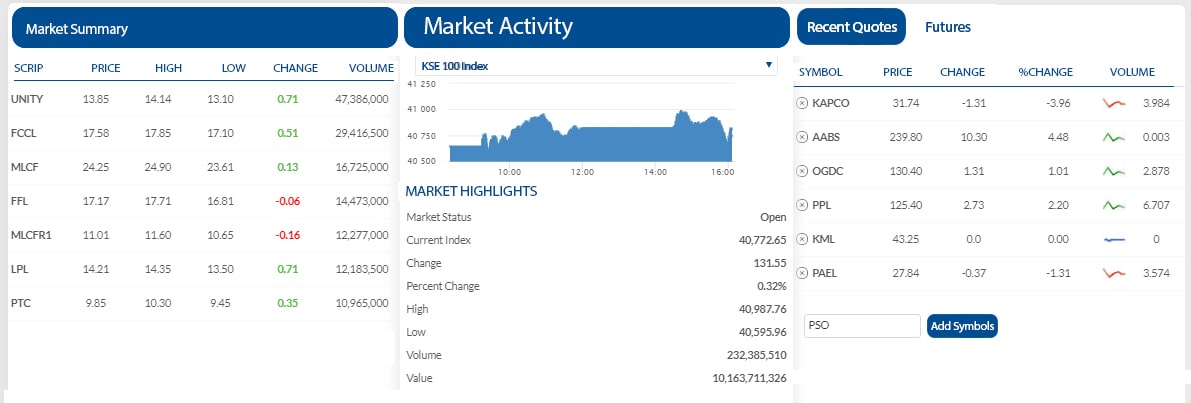TYPES OF FINANCIAL INVESTMENTS
There are many different types of financial investments. Broadly speaking these fit into three asset classes.
1. Short Term Deposits/Securities
If you want to save for a short period, short term deposits can be the best option for you. Examples can be a bank deposit Account. You give the bank a lump sum for a set period (a fixed term) usually Three, Six or Twelve months. Your money is locked away for the fixed term. In return, you get a higher interest rate than you could get in a straight savings account. These deposits carry a maturity period.
| Pros | Cons |
| i. Get profit quickly | i. Only available in Primary Market |
| ii. Less Maturity Risk | ii. Low Returns |
| iii. More flexible | iii. More volatile to market conditions |
| iv. High liquidity | iv. Inflation Risk |
| v. Capital Security | |
2. Bonds/ TFCs (Term Finance Certificates)
A bond is like an IOU issued by a government or a company. You give them money for a certain period and they promise to pay a certain interest rate and re-pay the principal on maturity. A bond is simply a loan/debt instrument in the form of a security with different terminology. The authorized issuer owes the holders a debt and is obliged to repay the principal and interest (the coupon) at a later date, termed maturity.Bonds are issued by Public Authorities (like T-bills, Govt. bonds), credit institution and companies (in the form of TFCs).
| Pros | Cons |
| i. Fixed Return | i. Maturity Risk |
| ii. Capital Security | ii. Inflation Risk |
| iii. Secured Return | |
| iv. Tradable in Secondary Market | |
Bonds enable the issuer to finance long-term investments with external funds. Note that certificates of deposit (CDs) or commercial paper are considered to be money market instruments and not bonds.
Bonds and stocks are both securities, but the major difference between the two is that stock-holders are the owners of the company (i.e., they have an equity stake), whereas bond-holders are lenders to the issuing company. Another difference is that bonds usually have a defined term, or maturity, after which the bond is redeemed, whereas stocks may be outstanding indefinitely.
The most important features of a bond are:
- Nominal, principal or face amount-the amount on which the issuer pays interest, and which has to be repaid at the end
- Issue price-the price at which investors buy the bonds when they are first issued.(Face value of bond plus bond issuance fees)
- Maturity date-the date on which the issuer has to repay the nominal amount
- Coupon-the interest rate that the issuer pays to the bond holders. Usually this rate is fixed throughout the life of the bond. Coupon rate is the interest rate which you are earning on your fixed income across the period
- Coupon dates-the dates on which the issuer pays the coupon to the bond holders. This can be six monthly, annually or payment at the time of maturity.
3. Shares
Bond and shares are both securities but the major difference between the two is that stock holders are the owners of the company where as bond holders are the lenders to the issuing company/Govt. Another difference is that bonds usually have a defined term but stocks may be outstanding indefinitely.
| Pros | Cons |
| i. Opportunity to warn High Returns | i. Company Failure chances |
| ii. Protection against inflation | ii. Currency Risk |
| iii. Tradable in secondary Market | iii. Market Risk |
| iv. Risk Premium | iv. Liquidity risk |
Shares differ from bonds in terms of maturity, rights, risk level and return. Stocks are perpetual in nature. Risk is high in stock because shareholders carry ownership rights. In case of company bankruptcy, bondholders are paid first than the shareholders. Shareholders also enjoy more profits compared to bondholders who receive fixed income.


